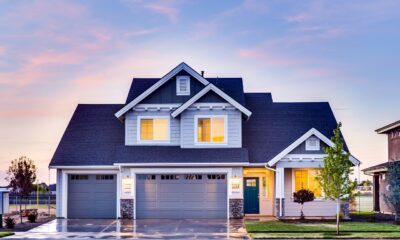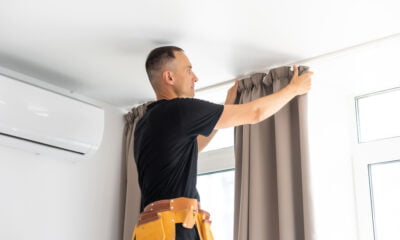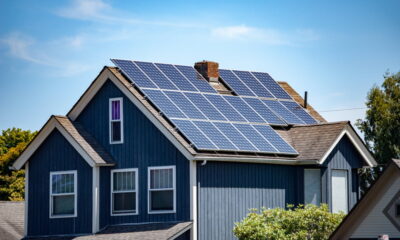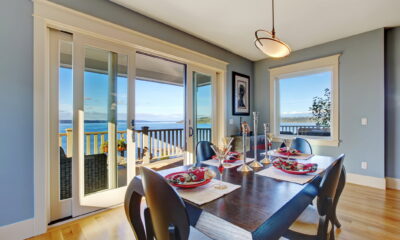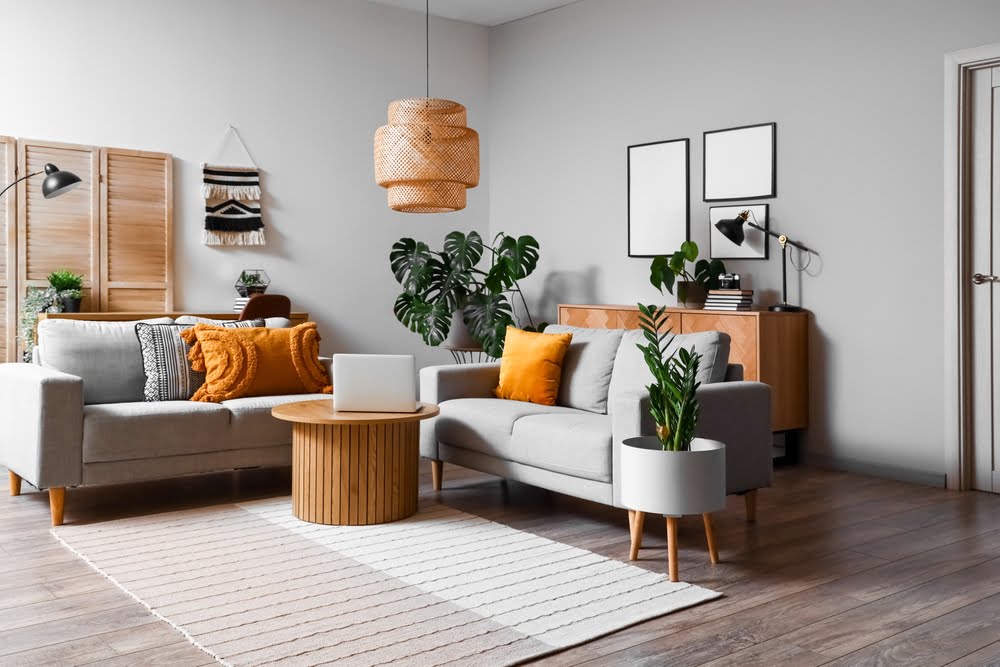

Sustainability
How to Build a New House With Sustainability in Mind
Did you know that 38.5% of people buy green homes or invest in eco-friendly home improvements?
Eco-friendly homes offer numerous benefits to both residents and the environment. Therefore, it should not be surprising that more people are buying them these days.
By utilizing energy-efficient appliances, insulation, and renewable energy sources like solar panels, these homes significantly reduce energy consumption, leading to lower utility bills and decreased carbon emissions. Additionally, eco-friendly building materials such as recycled wood and sustainable insulation contribute to healthier indoor air quality, minimizing exposure to harmful chemicals. Moreover, implementing water-saving fixtures and landscaping techniques conserves water resources, promoting sustainability in communities while fostering a more resilient and environmentally conscious lifestyle.
More and more homes across the UK and US are now looking to build their property with sustainability and energy efficiency in mind.
Not only does this allow for a house to run more effectively and use the latest technology, but it should do so whilst minimizing cost.
Unfortunately, building or finding eco-friendly homes presents several challenges. Firstly, limited availability of eco-friendly materials and technologies can drive up costs, deterring potential homeowners. Additionally, strict building codes and regulations in certain areas may not accommodate alternative construction methods or renewable energy installations. Moreover, finding suitable land for eco-friendly development can be challenging, especially in urban areas where space is limited. Furthermore, there might be a lack of awareness or understanding among builders and consumers regarding the benefits and feasibility of eco-friendly housing, hindering widespread adoption. Overcoming these challenges requires collaboration between policymakers, developers, and communities to incentivize and prioritize sustainable building practices.
Here are some simple steps to help you build a sustainable home.
Think about layout and design
Think carefully about the design and layout of your new house. Choose a design that makes the best use of natural resources like sunlight and wind. This can help reduce the need for artificial heating and cooling, saving energy and money in the long run.
Look at eco-friendly materials and appliances
When it comes to materials, opt for eco-friendly options. Look for sustainable materials like recycled wood, bamboo, and reclaimed materials. These choices have less impact on the environment compared to traditional ones, and they can still be sturdy and beautiful.
Consider the appliances you’ll use in your new home. Choose energy-efficient models that use less electricity. This not only saves you money on utility bills but also reduces your carbon footprint, helping to combat climate change.
Choose roofing materials that are eco-friendly, such as metal or cool roofs that reflect sunlight. Another option is a green roof, covered with vegetation, which helps absorb rainwater and provides additional insulation.
Consider use of insulation and energy sources
Insulation is crucial for maintaining a comfortable temperature inside your home. Invest in high-quality insulation materials and make sure they are installed correctly. Good insulation keeps your home warm in the winter and cool in the summer, without relying too much on heating or air conditioning.
Harness renewable energy sources whenever possible. Solar panels and wind turbines are great options for generating your own clean energy. By producing your own power, you reduce your reliance on fossil fuels and contribute to a cleaner, greener future.
Water conservation is another important aspect of sustainable building. Install water-saving fixtures like low-flow toilets and efficient showerheads. Consider incorporating rainwater harvesting systems to collect water for irrigation and other non-potable uses.
Use of ventilation
Proper ventilation is essential for maintaining indoor air quality. Design your house with plenty of windows to allow for natural ventilation. You can also install a mechanical ventilation system to ensure fresh air circulates throughout your home.
Recycle as you build
During the construction process, aim to minimize waste by recycling materials and properly disposing of debris. Incorporate features like compost bins into your design to reduce organic waste and create nutrient-rich soil for gardening.
Think long-term when making decisions about your new home. Invest in durable materials and features that will last for years to come, reducing the need for frequent repairs or replacements. Building sustainably isn’t just about the present—it’s about creating a better future for generations to come.

